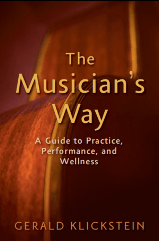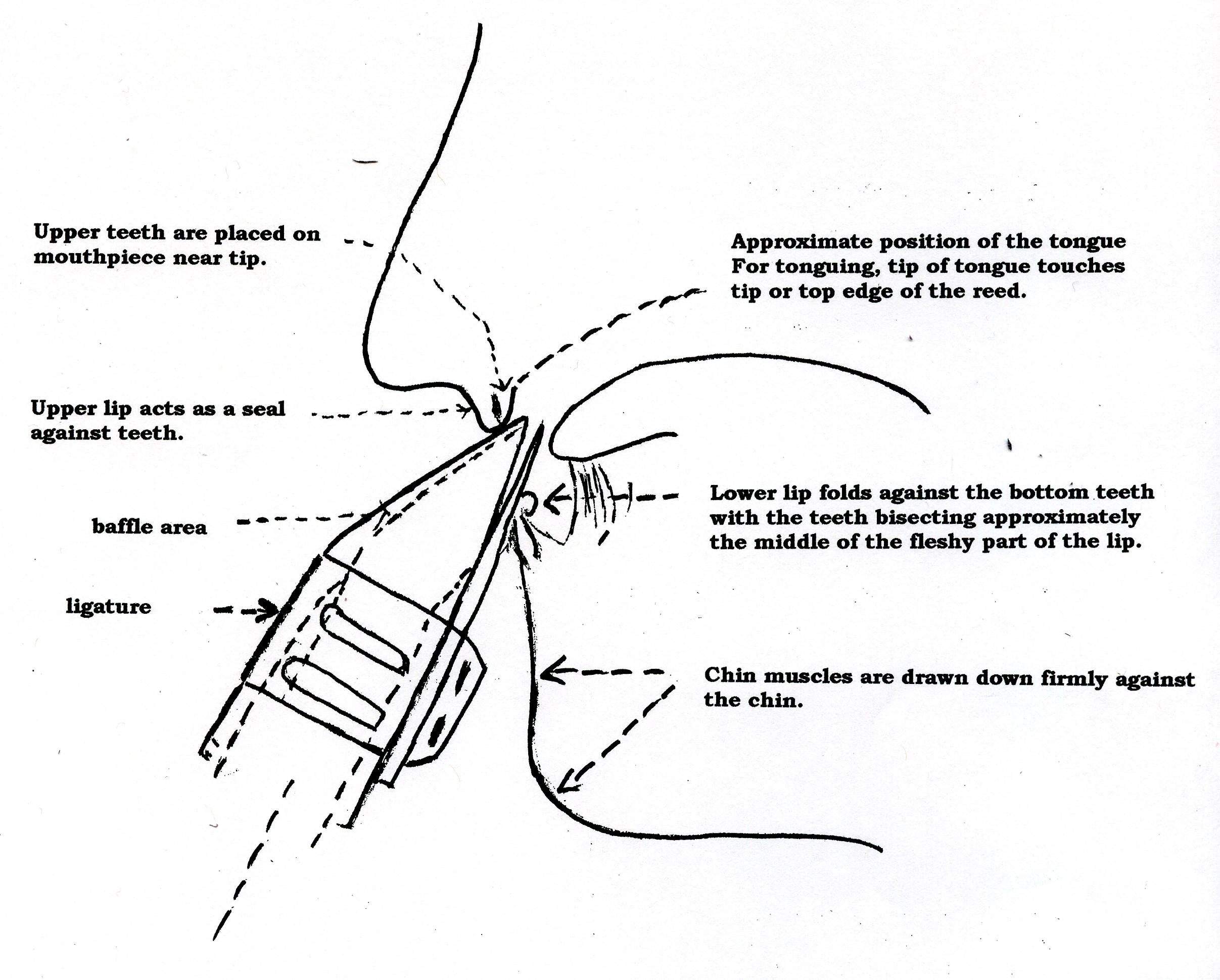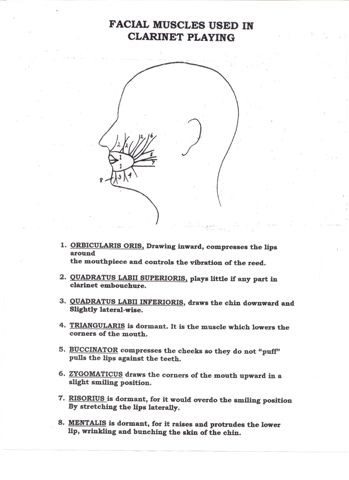Articles for students on all things Band! Articles posted here are the property of each author and are only provided here for learning, reflection and conversation.
Friday, March 5, 2021
Tuesday, April 28, 2020
Instrument Cleaning
Below is a link to cleaning musical instruments
Things to remember:
1. Metal instruments should never be put in hot water! Warm water only.
2. Metal instruments with pads or cork should never be submersed.
3. Wooden Instrument should not be soaking wet! Liquid will damage the instrument.
4. Woodwind mouthpieces should never be put in hot water. Warm water only.
5. Never submerge any woodwind mouthpiece with cork on it.
6. Deep cleaning should be left to the repair professionals.
https://www.nfhs.org/articles/covid-19-instrument-cleaning-guidelines/#
Sunday, March 15, 2020
Instrument Transposition and Online piano
INSTRUMENT TRANSPOSITION
C Instruments (Flutes - Oboe, Bassoon, Trombones - Tuba - Baritone, Mallet Percussion) Note on piano is same as your note. Lucky you!Bb Instruments (Clarinet, Tenor Sax, Trumpet) Find the note you want to play on the piano and go DOWN 2 half steps (2 piano keys) That will match your note. Example C on trumpet is a Bb on piano.
Eb Instruments (Alto sax, Bari sax) - Find the note you want to play on the piano and go UP 3 half steps (3 piano keys) Example: G on saxophone is a Bb on Piano.
F Instrument (French horn) - Find the note you want to play on the piano and go DOWN 5 half steps (5 piano keys) Example: F on french horn is a Bb on Piano.
OR USE MY CHEAT SHEET BELOW!
Breathing Gym Introduction
Friday, June 21, 2019
Clarinet Articulation: Getting it Right from the Beginning by Dr. J. Kirk-Doyle
CLARINET ARTICULATION: GETTING IT RIGHT FROM THE BEGINNING
by Dr. Julianne Kirk-Doyle
Using the Tongue to Articulate
- Stick out their tongue
- Release, tongue back on reed, etc.
- Place the tip of the tongue just below the tip of the reed
- Put the mouthpiece in the mouth without taking the tongue off,
- Form the embouchure, inhale through the corners, blow (no sound)
- Release the tongue.
- Put the tongue back on the reed (keep the air moving)
Sunday, December 9, 2018
Two Kinds of Music Students
I’ve observed that music students generally divide into two types of learners: deep or shallow.
Here are some distinctions between those two types.
“The more adept we become at learning, the more facile we’re likely to be with the creative process.”
Deep vs Shallow Learners
Deep Learners
• Isolate problem spots in practice – they vocalize rhythms, play hands alone, recite song text, etc.
• Maintain awareness as they play or sing, directing their actions from within
• Infuse their practice with joy and spontaneity
• Manage repetition so that they absorb passages without needing to repeat them ad nauseum
• Listen intently in practice and evaluate their work with open minds
• Embody excellence
• Perform securely and enthusiastically
Shallow Learners
• Play or sing through lengthy sections without attending to specific details
• Often let their attention wander during practice
• View practice as drudgery that must be endured
• Repeat endlessly, hoping that repetition alone will bring security
• Evaluate sporadically, often drifting off pitch and out of rhythm
• Let inaccuracies and difficulties slide by unaddressed
• Deal with persistent performance anxiety and may dread performing
 Fortunately, musicians with shallow learning habits can transform themselves into deep learners by setting clear goals, gaining disciplined practice habits, employing self-motivation strategies, and seeking expert guidance.
Fortunately, musicians with shallow learning habits can transform themselves into deep learners by setting clear goals, gaining disciplined practice habits, employing self-motivation strategies, and seeking expert guidance.Thursday, August 17, 2017
Clarinet embouchure check list
You are going to need a few things to help you with your embouchure checklist.
First, you will need a mirror, large enough to see your entire face. This will allow you to watch yourself play to make sure you are keeping your embouchure correct while you practice.
Second, of course, you are going to need your clarinet. Okay, let’s get started.
A good embouchure allows maximum vibration of the reed and allows you to control the sound over all dynamic levels from the lowest note to the highest.
1. First, fold your bottom lip over your bottom teeth, push you jaw slightly forward, so your top and bottom teeth are parallel, and then stretch your chin muscles flat against your jaw, like so.
2. Next, leverage your mouthpiece to your top teeth. Now you can create a seal around the mouthpiece. Bring your corners in and your top lip down. This will help you control the sound and prevent air leakage.
3. Whenever you go to play, your sound should be warm, vibrant, and easy to control. Don’t forget to take a big breath when you go to play.
Now I’m going to show you how you can practice this on your own at home.
Go ahead and get that mirror out, and put it on your stand. This is how you are going to watch yourself play.
Bottom lip over bottom teeth, jaw forward, chin flat.
Leverage your mouthpiece to the top teeth, and create a seal, bringing your corners in and your top lip down.
Double check in the mirror and make sure all parts of the embouchure look correct.
While you’re playing, always check into the mirror to make sure you are keeping your chin flat. As soon as you see you may be doing something incorrectly, go back through the steps of making a good embouchure and then continue playing. Let’s review this one more time. Don’t forget to have your mirror. Fold your bottom lip over your bottom teeth, jaw slightly forward and flatten your chin. Bring your corners in and your top lip down and go ahead and play! Great job today! Contact me through my website, www.callyclarinet.com for further questions. Thank you so much for watching!
Friday, March 17, 2017
Sunday, May 22, 2016
Sunday, November 22, 2015
Musical Elf
Again, if you are stuck for ideas for the holidays, I am the musical elf to help! :)
Happy Holidays!
- Computer assisted practice aid subscription with over 33,000 titles to practice with, including our band music, NYSSMA solos, jazz improvisation practice, and our lesson books. Highly recommend for those who want to go to NYSSMA Solo Festival.
- Older students: Vandoren V21 #3 Strength Reeds
- Freshmen: Vandoren V21 #2.5 strength Reeds
Wednesday, June 24, 2015
Tuesday, April 21, 2015
Thursday, February 12, 2015
Clarinets: Intonation tendencies and How to Tune
Wednesday, July 9, 2014
Clarinet Embouchure
CLARINET EMBOUCHURE
The clarinet embouchure is one of the most widely misused and misunderstood aspects of clarinet playing. Over many years this writer has had an opportunity to work with young clarinetists, both beginning and advanced, and have observed a number of common faults. With careful understanding and applying a few basic adjustments, these players could begin to enjoy a well controlled clarinet tone. These faults - call them improper blowing methods - can never be corrected by simply practicing studies or long tones; the whole difficulty arises from the basic question of how one places the mouthpiece into his/her mouth. The following will be divided into Correct Procedures and Common Faults.
CORRECT PROCEDURES
Develop good habits early. The errors in the formation of the embouchure tend to fall into a number of distinct categories which are extremely difficult to remedy after the student has formed certain habits in which the wrong muscular action is involved. On the other hand, if correct habits had been developed in the beginning, these students would find the development of tone production a relatively simple phase of their technique. At this point long tone studies designed for control and tone quality are indispensable. Practice the following:
1. Firm seal at the corners of the mouth.
2. The throat should have an open feeling. Form an AH sensation.
3. The angle of the clarinet depends mostly on the jaw formation but I believe a 35degree angle is quite effective. Figure 1 provides a good visual of the mouthpiece position.
4. With the help of the teacher as interpreter of anatomical jargon, Figure 2 illustrates the essential facial muscles that come into play in forming the embouchure.
a) Here one can see that the chin is flat and pointed downward - the labii inferioris muscle #3.
b) The muscular control around the mouthpiece is controlled by the lips - the obicularis oris muscle #1 is uniform and applied equally from all sides.
c) The corners of the mouth are drawn SLIGHTLY upward - the zygomaticus muscle #6.
d) Approximately one half of the red or fleshy part of the bottom lip is drawn over the lower teeth.
e) The cheeks are prevented from "puffing out." - the buccinator muscle #5.
5. Use a mirror. Careful visual monitoring of embouchure formation in addition to its actual formation is extremely helpful. The teacher can help by visually seeing the embouchure setting, and when the student is alone, standing/sitting in front of a long vertical mirror - if available - is an indispensable aid to correct habits.

Figure 1

Figure 2
COMMON ERRORS ENCOUNTERED
1. Constricting and bunching the muscles in the chin and pushing upward to support the the mouthpiece.
2. Extreme pulling from the corners of the mouth causing a tight pinched tone. This concept is sometimes identified as the 'emphasized smile' position which is supposed to keep the chin flat. When overdone, sometimes a "hissing of air" is emitted comes form the corners of the mouth because the muscles cannot sustain the tension..
3. Rolling the lip not far enough or too far over the bottom teeth.
a) Rolling the lip too far causes the tone to sound dull, and in the upper register, unsupported and shrill.
b) Too little lip on the teeth - including a rolled wrinkled position - emits a very bright and edgy sound.
c) Both of these positions will eventually cause the lip to be sore and/or cut on the inside.
4. Puffing the cheeks.
5. Neglecting to place the top teeth on the mouthpiece.
6. Insufficient support from the right thumb in holding and supporting the instrument firmly against the top teeth.
7. Holding the instrument at too wide of an angle thereby causing the lower lip to rest too close to the tip of the reed causing a small "pinched" tone. Some of the above factors are evident in many young students and must be addressed. The fundamental principles seen in Figure 1.
SUMMARY
I have found that the lack of success encountered by a student in producing a good stable tone is directly related to the amount of mouthpiece that is placed in the mouth. Even though mouthpiece placement might seem to be correct, by instructing the student to move the lower jaw outward and downward on the reed, tone quality and control are greatly enhanced. This downward/outward placement with the jaw is by not means the prime factor in the successful production of tone, but merely moves the cushion of the lip further out on the reed allowing for more freedom of the reed to vibrate, thus eliminating the "thin" and "pinched" sound.
All of the above is predicated on constant support of the tone with proper breathing. Don't use greater lip pressure for the higher (altissimo register) notes more than the lower ones. Evenness of breath flow is absolutely essential for maintaining a well controlled tone. Changing dynamics is simply a matter of increasing or decreasing the amount of air that passes into the instrument. The support of that air should never change.




